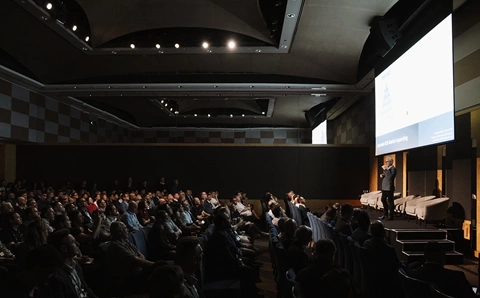Software
The Samsung Galaxy S8 comes with Android N straight out of the box, as you'd expect. It isn't the cleanest version of Android I've ever seen, still coated with a thin film of Samsung's TouchWiz skin. It's far less intrusive than it used to be, though, and I've found it fine to navigate in my time with the phone.
In terms of software, this is as much a Google product as a Samsung one, with each smartphone behemoth granted a folder of apps in the app drawer. The Google folder contains Drive, Play Movies, Duo and Photos, while Chrome, Play Music and Gmail are left floating in the app drawer. The Samsung apps tend to be duplicates of Google's: an email app, an internet browser, a note-taking app and so forth. Microsoft also gets a folder of its own, with Word, Excel, PowerPoint, OneDrive and Skype all installed be default.
It's not too bloated, but plenty of this will be unwelcome on your brand new phone and it's a mixed bag as to how much of the storage you can reclaim. Google apps can be uninstalled freely, but around half of the Samsung apps and all of the Microsoft ones can only be disabled, not properly uninstalled, which is a bit poor as they run into the hundreds of megabytes. That's not such a big deal with microSD support, but some apps and games are still fussy about being movable to expandable storage.
There are a few other things worth noting. The curved edges are now the default, which hopefully means that Samsung and its developers will have more incentive to use them inventively. For now the functions are pretty familiar, which is to say they're useful-ish but kind of gimmicky.
Then there's face unlock, an addition to the fingerprint and iris recognition available on the Samsung Galaxy S7. Register your photo with the S8, and you should be able to unlock the handset without having to find the fingerprint reader or tap in your password. It works better on bright days, I found, and it does feel a bit magical, although there has been talk of it being fooled by printed photos, which I suppose makes you marginally less secure if you're interesting enough to hack. I like it, but I'm glad I don't have to rely on it as the only way of accessing my phone – basically it's a pleasant surprise when it works. Simple things, eh?
Finally, there's Bixby: Samsung's AI. To be honest, at this point making such a song and dance about it feels like a misstep, because at launch it's pretty limited. That's the thing about AI though: its abilities organically grow over time. Just take a look at the Amazon Echo, which does significantly more today than it did at its American launch back in 2015.
Samsung is backing it strongly (why else would it give it its own dedicated button?), but at the moment, said button effectively functions as a second home key. The Bixby screen feels a little bit like HTC's old Blinkfeed system, drawing in news, photos and apps from your system. Bixby does invade other parts of the Galaxy S8, however. On the camera, you can focus on an object, and then let the AI look for shopping results or image results. Shopping never worked for me, and image results were a mixed bag. Sometimes it worked well…
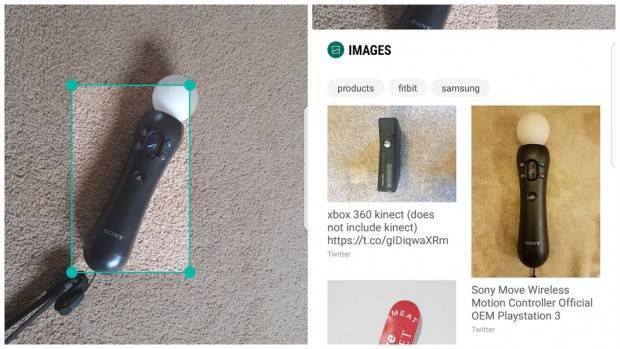
Other times less so…

And at other points, it was just plain baffling:
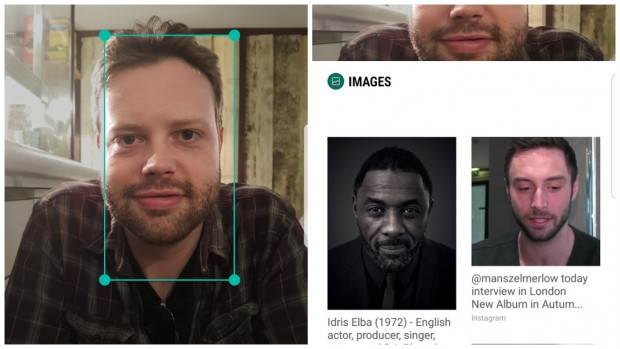
Samsung says that American English and Korean voice controls will be coming later in the spring, which makes the whole Bixby package a touch disappointing for now. But two things about that: the first is that the software is something that will improve over time. The second is nobody is looking to buy this phone based on some AI software, right?
Camera
On paper, the camera is one area which doesn't receive much attention, with Samsung adopting the “if it ain't broke, then for God's sake don't touch it” approach. That's sensible: The S7's camera was about as far from being broke as it's possible to be, second only to the Google Pixel in terms of quality.
So it's still a 12 megapixel affair, with a f/1.7 aperture with a 1/2.55in sensor and 1.4um pixels. While the hardware is the same, there are other upgrades afoot: the most obvious of these is that it now takes three shots in quick succession and combines them into a better picture. The results are, as you might imagine, very good indeed.
In conditions with plenty of light the pictures are sharp, vibrant and full of detail. In trickier low-light conditions, the Galaxy S8 copes brilliantly. Again, no surprise given its predecessor was also a stellar performer.
(A photo from the S8 is on the left, while the same shot from the S7 is on the right)
It's not a huge difference, but zoom in and it is noticeable. The contrast is slightly better, and the colours feel a touch richer. It's not night and day, but this edges it a little closer to the Pixel.
In low light, generally, the performance was even better than the S7, with much less blurring when you zoom in for a sharp, colourful image.
However, we did notice some strange artifacting on a couple of the shots. Look at the paint pallette on the image above – now see what happens when we zoom in:
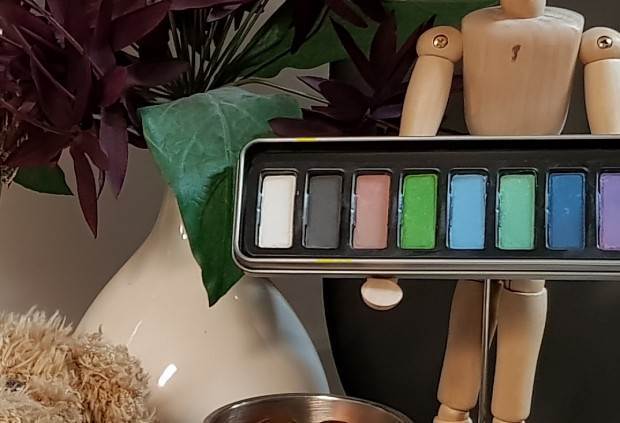
We don't know what's going on here. It's not always present, and it's entirely possible it's an issue with our review handset (our sister site, Expert Reviews, had no such problem with their model), or a software issue that will be fixed by Samsung in the coming weeks. For now, it's a small but disappointing blight on an otherwise brilliant camera.
Speaking of software, this has been tweaked to make it a bit easier to use one-handed: you can now drag the shutter button up and down to zoom in and out, and the mode buttons and live filters are clustered at the bottom of the screen when you use the phone in portrait mode. Digging under the surface a little, the Pro mode has focus peaking – an aid to manual focussing where you can see what's in focus with a green outline. Very neat indeed, but as with the LG G6, this feature isn't available while shooting video, which is where it would be most handy.
While the rear camera is, on paper, the same the front facing selfie camera gets a bigger upgrade. This has gone from five megapixels to eight, and the results are suitably sharp.
So, is the camera an improvement? Modestly, yes, but it's not the kind of improvement that you should cash in your S7 contract for.
Verdict
Over 3000 words later (a personal high five to everyone who read every one of them), what's the take home? Well, the Samsung Galaxy S8 is comfortably the best phone I've ever used. It's fast, looks great, has a fantastic camera and has a screen that will do any photos captured justice.
The question is: do you really need this much phone? For most people, probably not – the price is very high, and the gap between what budget and top-end smartphones can do is shrinking by the month.
That said, if you want the best of the best, then this is it – and the cost may not be as big a deal as it is today in a few months time.
If you want a great phone and you don't want to spend the Earth then the OnePlus 3T still gets our nod. If you want the best of the best, however, you'll have to pay the Samsung tax. Your wallet won't thank you, but your apps will.



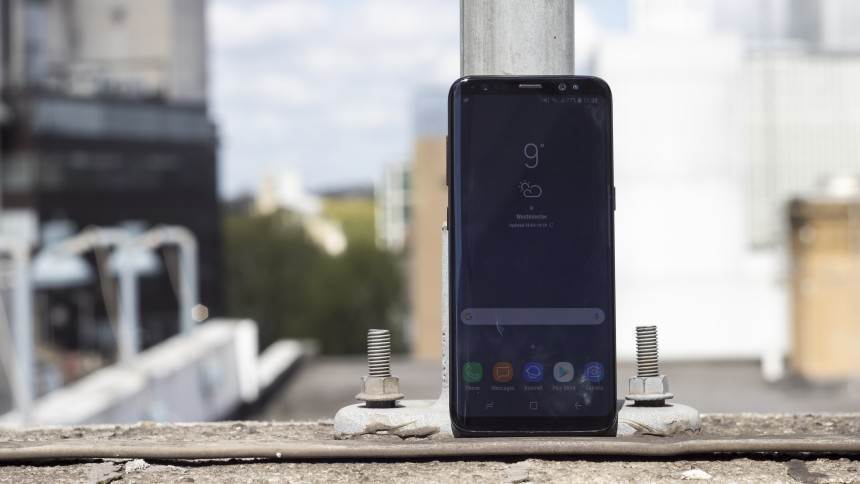
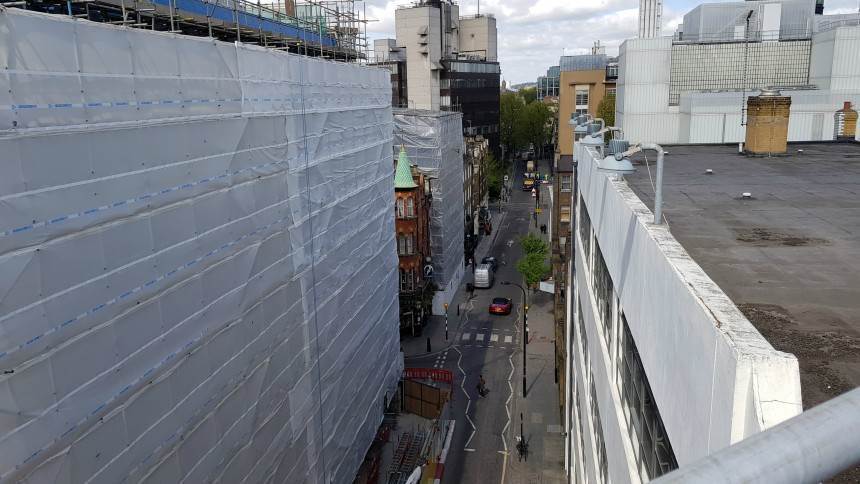

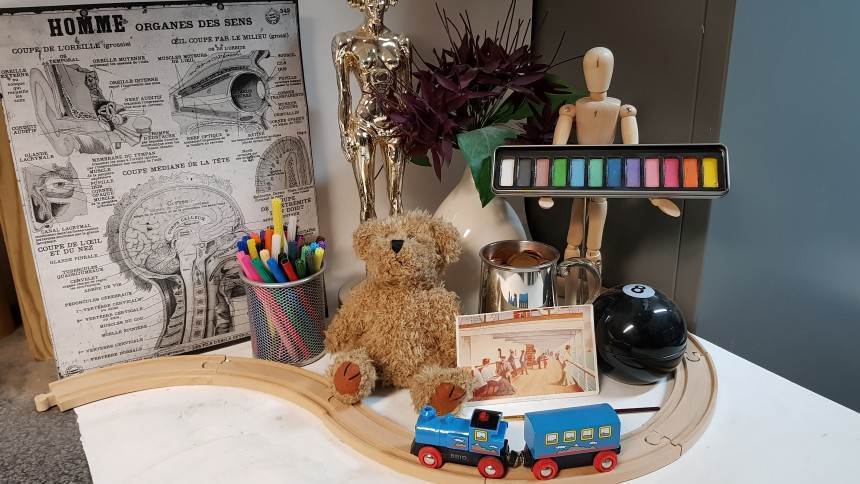



_(21).jpg&h=142&w=230&c=1&s=1)
.jpg&h=142&w=230&c=1&s=1)






.jpg&w=100&c=1&s=0)






